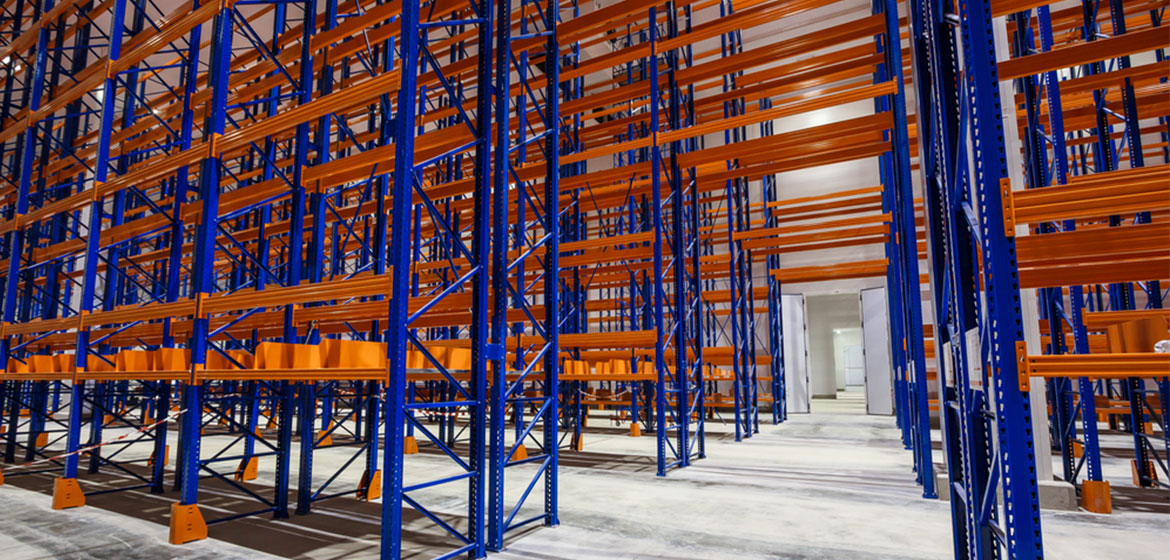Building Codes And Rack Systems: What Every Business Needs To Know

Building codes play a crucial role in ensuring the safety and structural integrity of commercial buildings. When it comes to installing rack systems in your business, it is essential to understand the relevant building codes and regulations. Compliance with these codes not only ensures the safety of your employees and customers but also helps avoid potential legal and financial liabilities. In this post, we will explore the key points that every business needs to know regarding building codes and rack systems.
Familiarize Yourself with Building Codes
Start by familiarizing yourself with the building codes and regulations specific to your location. Building codes can vary from region to region, so it is important to research and understand the codes applicable to your area. These codes govern aspects such as structural design, fire safety, occupancy limits, and accessibility requirements.
Understand the Purpose of Building Codes
Building codes are established to ensure the safety, functionality, and durability of commercial buildings. They are designed to prevent accidents, mitigate potential hazards, and provide guidelines for proper construction and installation practices. Adhering to building codes helps protect occupants and property from structural failures, fire hazards, and other risks.
Consult with Professionals
When planning to install rack systems in your business, it is advisable to consult with professionals who are knowledgeable about building codes and rack system requirements. Architects, engineers, or rack system manufacturers can provide valuable insights and guidance regarding the specific codes and regulations that apply to your situation.
Select Rack Systems That Comply with Codes
When choosing rack systems for your business, ensure that they meet the requirements outlined in the building codes. Consider factors such as load capacities, structural integrity, seismic considerations (if applicable), fire safety features, and any other relevant specifications mandated by the codes.
Obtain Necessary Permits
Before installing rack systems, it is important to obtain any necessary permits required by the local authorities. Building permits ensure that your rack system installation meets the minimum safety standards outlined in the codes. Failure to obtain permits can result in penalties, fines, or even the removal of the rack system.
Ensure Proper Installation
Proper installation of rack systems is crucial for compliance with building codes. Improperly installed rack systems can pose serious risks, such as collapses or accidents. Engage experienced professionals or certified installers to ensure the rack system is installed correctly, following the manufacturer’s instructions and any additional requirements specified by the building codes.
Consider Load Capacity and Structural Integrity
Building codes often stipulate load capacity requirements for rack systems based on the specific application and usage. It is crucial to understand and adhere to these load capacity guidelines to prevent overloading the racks and compromising their structural integrity. Regular inspections and maintenance should also be performed to ensure ongoing compliance with the codes.
Address Fire Safety
Fire safety is a critical consideration when it comes to rack systems. Building codes typically require proper fire protection measures, such as sprinkler systems, fire-resistant materials, and clearances for fire suppression equipment. Ensure that your rack systems comply with these requirements and integrate appropriate fire safety measures into your overall building design.
Accessibility and Egress
Building codes also address accessibility and egress requirements to ensure the safe movement of people within the building. Rack systems should not obstruct exit routes, emergency exits, or access to firefighting equipment. Consider the placement and configuration of rack systems to maintain clear pathways and comply with accessibility guidelines.
Regular Inspections and Maintenance
Once the rack systems are installed, it is essential to conduct regular inspections and maintenance to ensure continued compliance with building codes. Inspections can identify any signs of damage, wear and tear, or structural weaknesses that may compromise the safety and functionality of the rack systems. Prompt repairs or upgrades should be implemented to address any issues discovered during inspections.
Building codes play a critical role in safeguarding commercial buildings and ensuring the safety of occupants. When installing rack systems in your business, it is essential to understand and comply with the relevant building codes and regulations. By familiarizing yourself with these codes, consulting with professionals, selecting compliant rack systems, obtaining permits, ensuring proper installation, and addressing fire safety and accessibility requirements, you can create a safer and more compliant environment for your business. Always prioritize safety and compliance to protect your employees, customers, and property from potential risks and liabilities.